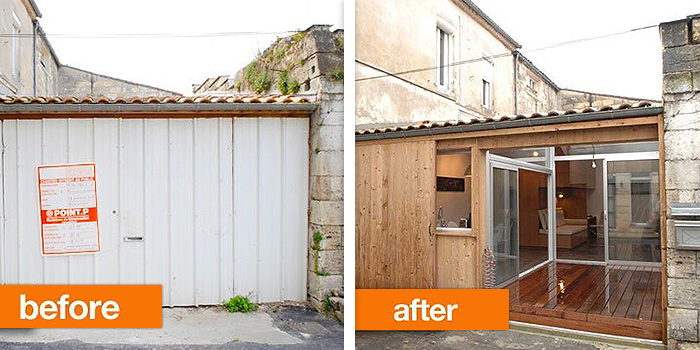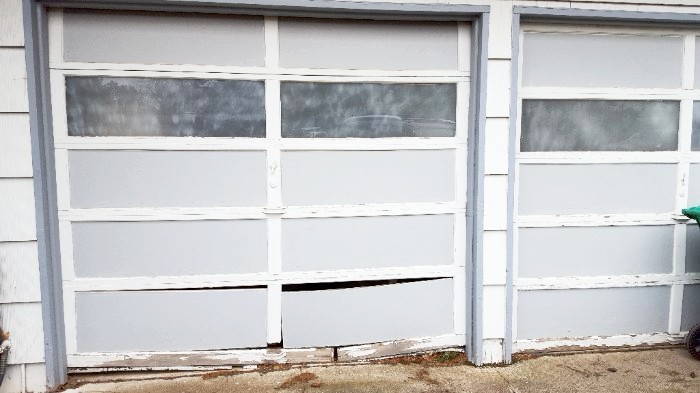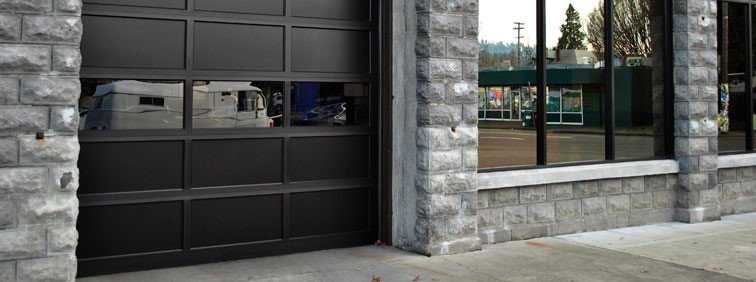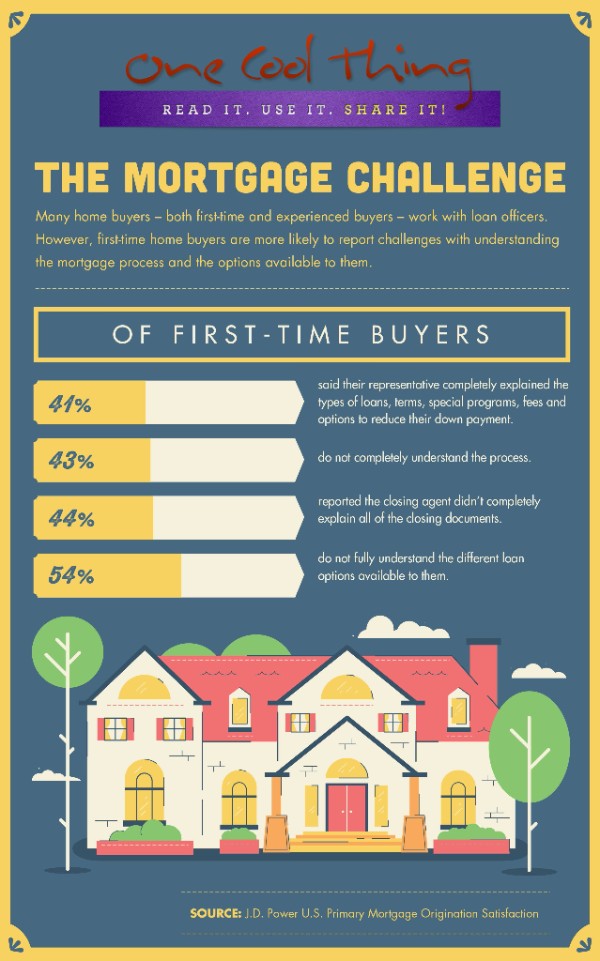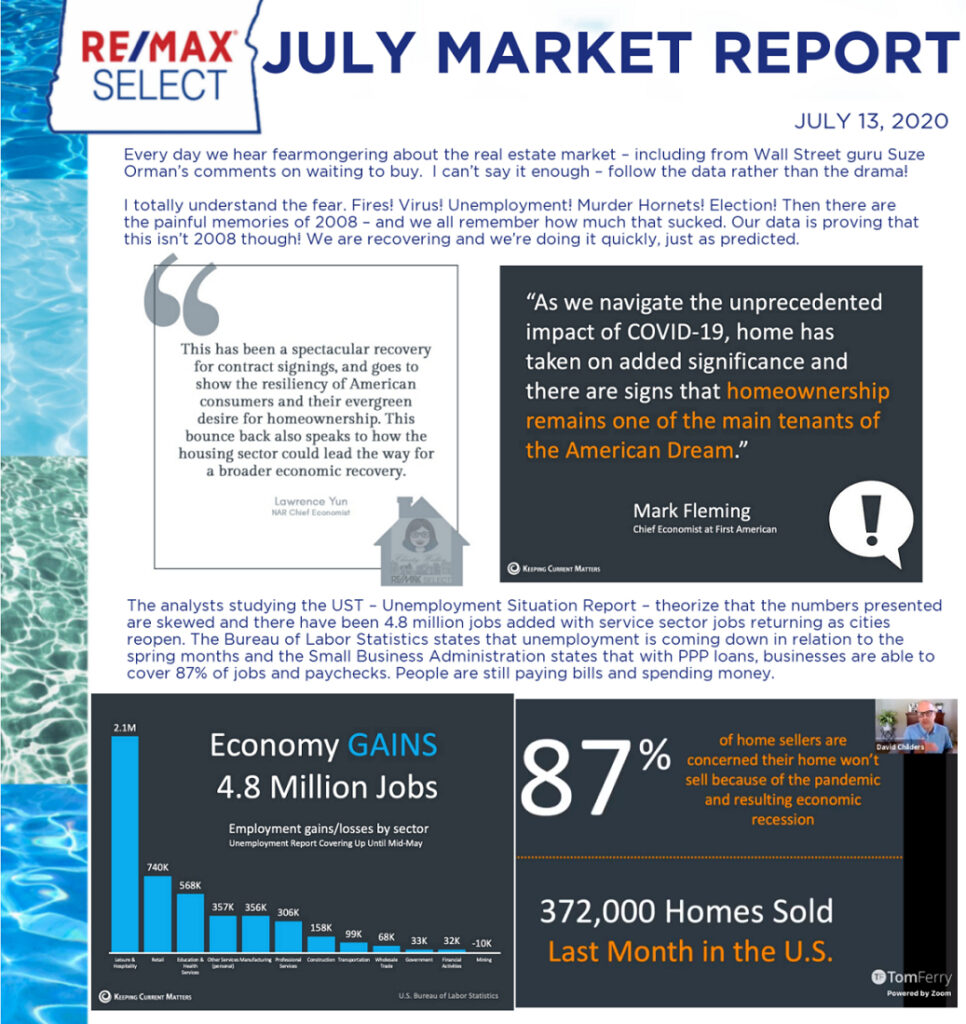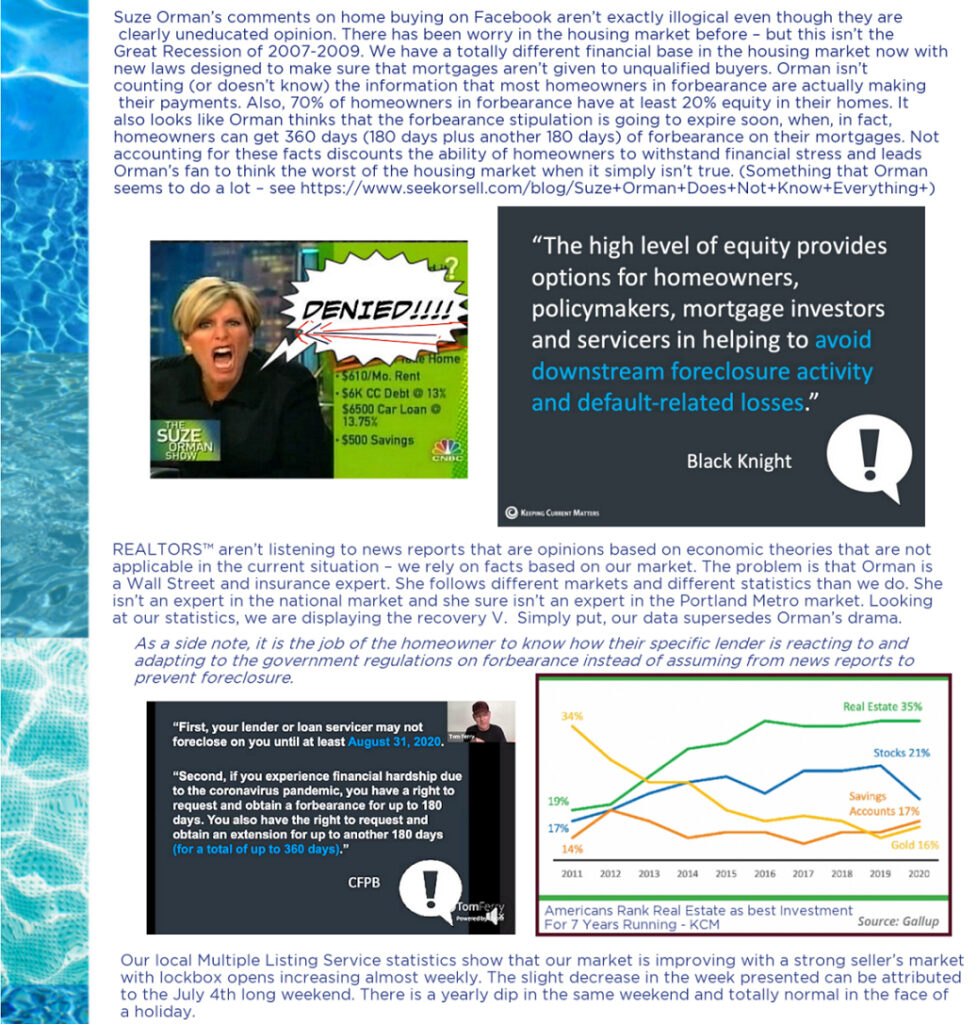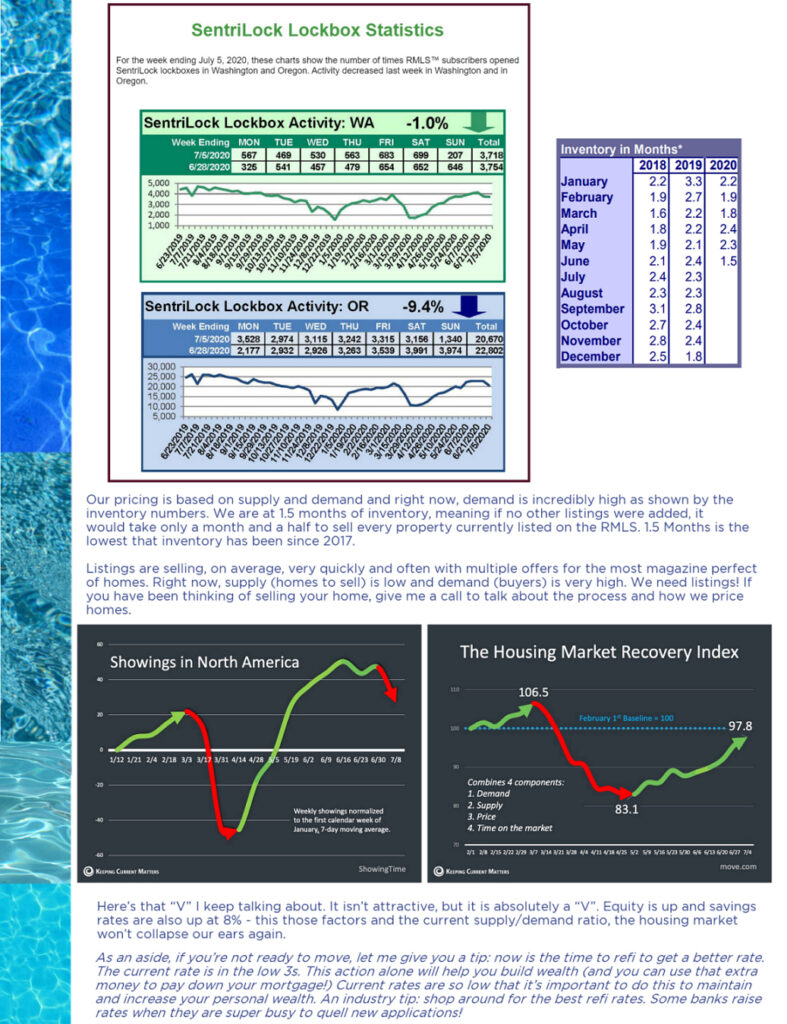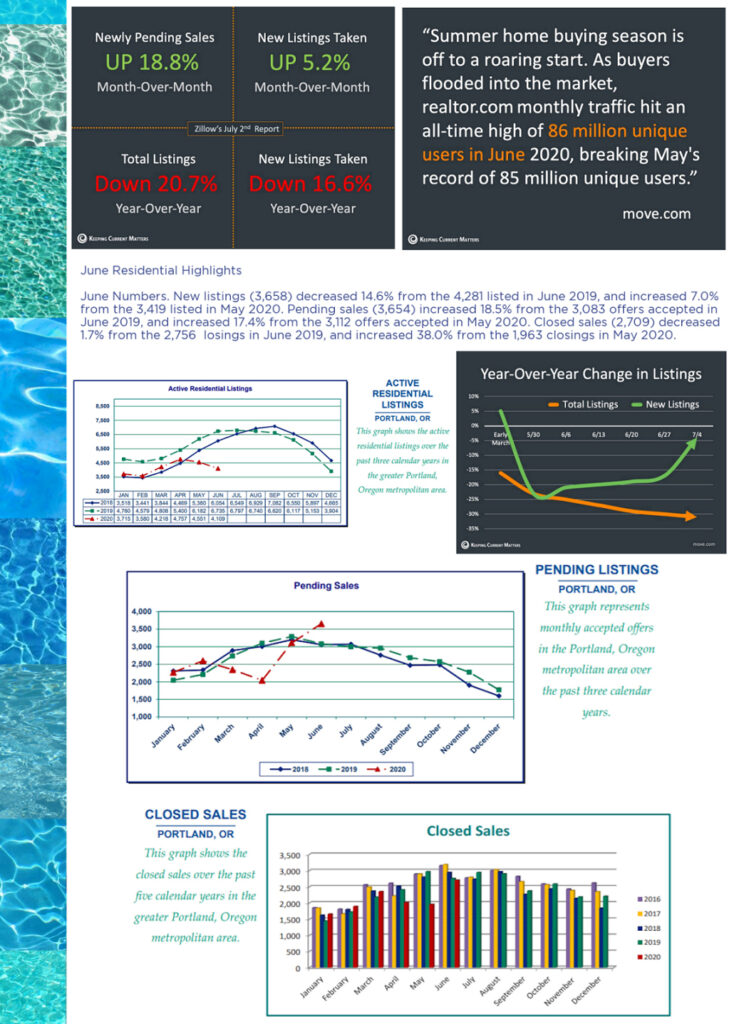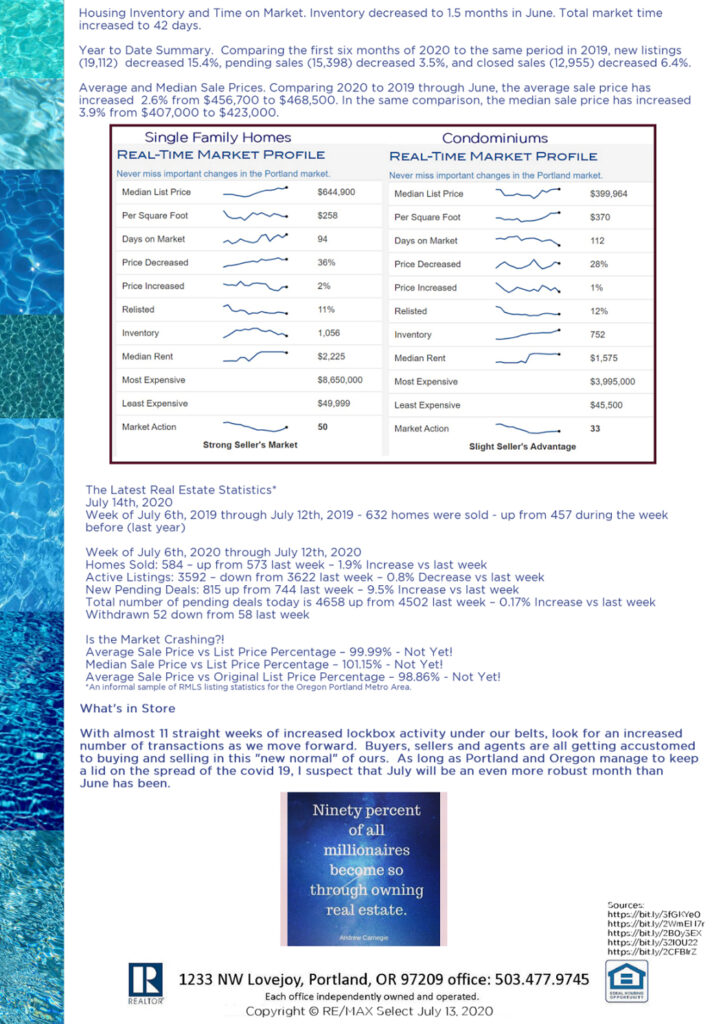By Aly J. Yale July 30, 2020
https://money.com/get-the-lowest-mortgage-rate/
Snagging a low mortgage rate is the ultimate win for a homebuyer. Not only does it mean a lower monthly payment and paying less interest over time, but for some buyers, it could also open the door to a larger or more expensive property.
But qualifying for the best mortgage rate? That takes some work—not to mention good credit and a decent-sized down payment. If you’re on the hunt for the market’s lowest rates, here’s what mortgage pros recommend:
1. Prep your credit.
Credit—both your history with it and your credit score—can have a significant impact on what interest rates you’re eligible for, as well as your ability to qualify for a mortgage at all.
“Basically, your credit score helps lenders evaluate your ability to pay back your loans,” says Sarah Pierce, head of sales at online mortgage lender Better.com. “The higher your credit score, the better rates you’ll be able to get.”
A look at recent rates proves as much. According to Money’s survey of over 8,000 mortgage lenders, on a day in July borrowers with credit scores of 740 or higher enjoyed rates as low as 3.096%. Borrowers with scores under 640 were getting 5.096%—at the lowest. On a 30-year, $200,000 loan, that’s a difference of $231 per month and more than $83,000 over the life of the mortgage.
Pierce recommends buyers check their score well before shopping for a home—or a loan. “If you have a lower credit score and a flexible timeline, you may want to wait and try and raise your score before applying so you can qualify for better rates,” she says.
Paying down balances, settling up overdue accounts and asking for a credit line increase are all ways to boost your credit score. Pulling your credit report and reporting any errors may help, too, though this can sometimes take a while.
2. Save up a decent-sized down payment.
A 20% down payment isn’t necessary on most mortgage loans, but when you’re looking for low rates, it certainly can’t hurt. That’s because a bigger down payment lowers the loan-to-value ratio of a mortgage—or how much of the home’s price the lender is financing.
Lower LTV loans often come with lower interest rates than others, as they’re less risky for the lender to take on. “The rates reflect the risk,” says Joe Tyrrell, chief operating officer at mortgage technology provider Ellie Mae. “If a homebuyer can put more than 20% down, they will usually get a lower interest rate.”
In addition to giving you a better shot at a lower rate, larger down payments can also help you avoid private mortgage insurance, which protects the lender and adds both an upfront and monthly cost to your home purchase. According to mortgage purchaser Freddie Mac, the average cost is between $30 and $70 per month.
3. Pay down your debt.
Lenders use your debt-to-income ratio to evaluate your ability to afford a mortgage. This indicates how much of your income is spoken for by monthly debt payments—as well as how much you have available for a potential new home purchase.
Here’s an example: A borrower who earns $4,000 per month after taxes and owes $2,000 in monthly debt would have a debt-to-income ratio of 50% ($2,000 divided by $4,000). According to Tyrrell, this would be too high to qualify for the lowest interest rates. “Typically, borrowers who get the better rates have a current debt-to-income ratio that is less than 42%—which would include their new mortgage payment,” Tyrrell says.
For borrowers above this 42% mark, the fix is clear: Either pay down some existing debt or increase your income. According to Pierce, refinancing or consolidating any current loans—like car or student loans—can also help. This often lowers your monthly payment, reducing your debt-to-income ratio in step.
4. Price-shop with multiple mortgage lenders.
Most people shop around when buying a new car or TV, and according to the experts, it’s even more important when getting a mortgage. “The biggest mistake homebuyers can make is going with whatever lender their real estate agent recommends,” Pierce says. “Don’t settle on the first rate you find.”
The truth is interest rates vary wildly by lender—often due to their volume, internal costs to process the loan and many other factors. To ensure you’re getting the best deal, experts recommend getting quotes from at least three lenders—ideally from a mix of institution types, including banks, credit unions and online lenders.
When doing this shopping, Pierce says it’s critical you ask for a loan estimate from each company you consider. “No matter what a lender says, the only way to validate an offering and compare two options apples-to-apples when you’re rate shopping is to get an official loan estimate,” she says. “Unlike a fee sheet or any other document a lender may give you, a loan estimate is a standardized document detailing all the costs associated with your mortgage.”
According to Freddie Mac, borrowers who get at least one additional rate quote save around $1,500, while those who get five quotes double those savings over the life of the loan.
For borrowers who don’t have the time or interest to comparison-shop, a mortgage broker may be able to help. “If you go to a mortgage broker, you don’t have to shop around,” says Hernan Garcia, owner of Oakdale Mortgage in Houston. “We’re doing the shopping around for you. It’s kind of a one-stop-shop. We’re shopping for you and getting you the absolute best available in the market at the time.” Brokers do come with added fees—usually around 1-2% of the loan amount. However, these are often paid by the lender.
5. Choose the right loan product.
Borrowers can often achieve a lower interest rate just by shortening their loan term. In 2019, the average rate on a 30-year mortgage was 3.94%, according to Freddie Mac. On 15-year loans, it was 3.39%—nearly sixty basis points lower.
The catch is that payments are higher on these loans. At 2019’s average rates, a $200,000 loan would come with a $947 payment on a 30-year term and a $1,418 payment on a 15-year term. Borrowers will need to prepare for these higher payments before opting for a shorter-term loan.
The same goes for adjustable-rate mortgages, which typically have lower interest rates, too. The caveat with these loans, often called ARMs, is that the rate can increase after a set amount of time—usually five, seven, or 10 years into the loan.
This obviously comes with some risk, but according to Tyrrell, for the right borrower—particularly one who doesn’t plan to be in the home too long, an ARM can be a smart way to save cash. “During those first few years, even a quarter of a percentage point can mean a savings of a few hundred dollars a month,” Tyrrell says.
According to Mary Foster, a mortgage loan originator at Affinity Federal Credit Union, the key is knowing how long you plan to stay in the home.
“For a seven-year adjustable-rate mortgage, it’s going to be fixed at that lower rate for seven years, and then it’s going to adjust in year eight,” says Foster. “Where are you going to be in year eight when that loan adjusts?”
6. Consider buying discount points.
Discount points allow you to purchase a lower interest rate. A point costs 1% of the loan amount—so $2,000 on a $200,000 mortgage—and reduces the interest rate fractionally, usually around 0.25%. For a borrower originally quoted a 3.5% rate, buying a point would mean a new rate of about 3.25% instead.
If you’re set on getting a lower mortgage rate, you can certainly achieve your goals with discount points, but according to Foster, it’s not the right move for everyone. “See how long it’s going to take you to recoup that money you put out for the points,” she says.
Buyers will want to make sure they can hit the break-even point before buying points. If a point costs $2,000, for example, and saves you $20 per month, it will take 100 months—or over eight years—to break even. If you’re not sure you’ll be in the home that long, points probably aren’t worth the cost.
7. Don’t forget to lock it in.
Once you secure a low interest rate you’re comfortable with, you’ll need to lock it in with the lender. This ensures your rate can’t change before the loan closes—even if market rates rise during that time.
But buyer beware: Sometimes rate locks cost extra—particularly on longer lock periods. In a rising rate environment, these may be worth the added fee, but borrowers should talk to their loan officer about the right move for their particular situation. “Use a loan officer you have confidence in and trust,” Foster says. “It takes a village.”
https://money.com/get-the-lowest-mortgage-rate/


